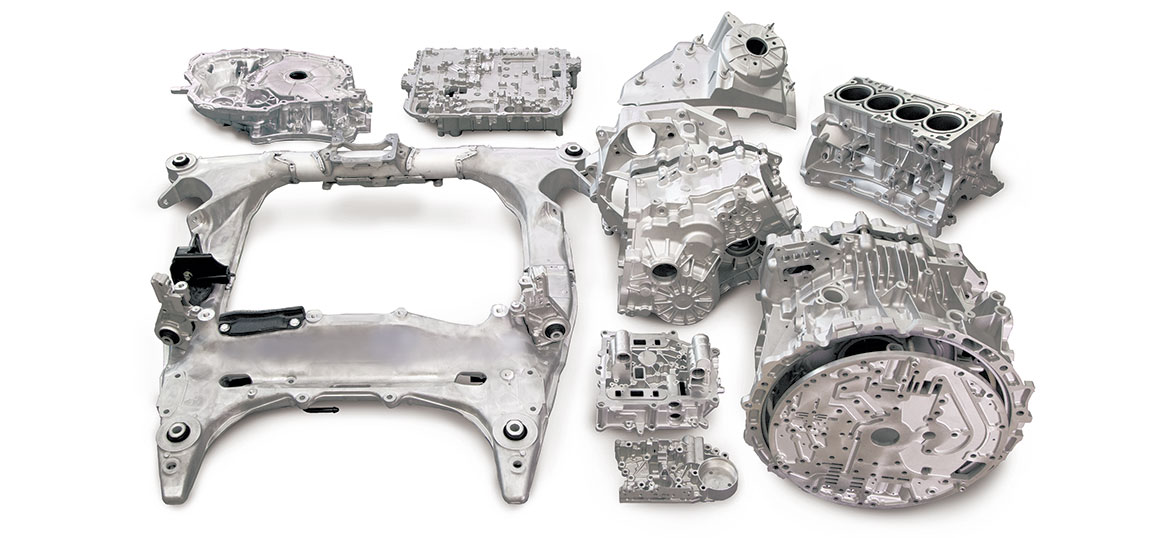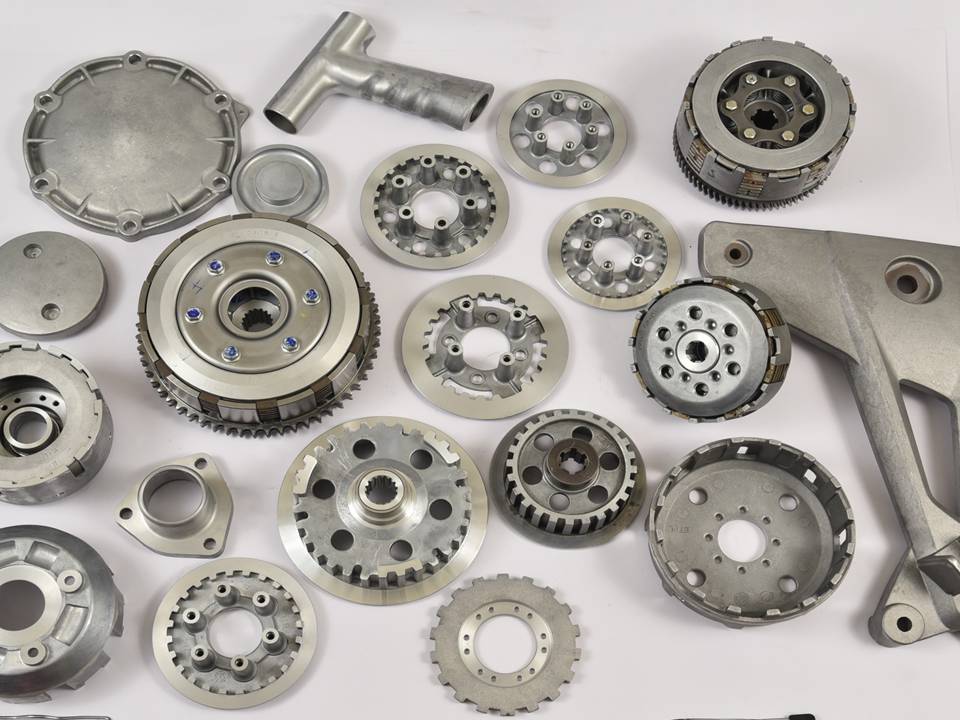The Precision Craft of Diecasting: Revolutionizing Manufacturing
The Precision Craft of Diecasting: Revolutionizing Manufacturing
Blog Article
Diecasting is a pivotal process in modern manufacturing, playing an essential role in producing complex metal parts with precision and efficiency. It involves pushing the molten metal with high pressure into a mold cavity, which results in components that have exceptional dimensional accuracy and high surfaces. In the midst of a rapid growth in industries, and as the demand for high-quality components rises, diecasting has continued to prove its value particularly in areas that need the mass production of complicated parts. This article explores the diecasting process, its advantages, material choices, and its extensive application across a variety of sectors.
In the heart of diecasting is the use of molds, known as dies. They are made from high-quality steel to withstand the harsh conditions that are encountered during the casting process. Die designs are made with precision, often incorporating complex details as well as fine tolerances in order to guarantee the accuracy of the final product. When diecasting is performed, molten metal-commonly aluminum, zinc or copper - is injected into the dies at high pressures. Rapid injection and rapid hardening results in products with outstanding dimensional stability as well as a polished surface, which reduces the requirement for additional manufacturing or finishing. Precision of the dies permits the creation of complex geometries that would be challenging or impossible to accomplish using other manufacturing methods.
One of the most significant benefits of diecasting is its efficacy in production of large quantities. When dies are made and the process begins, it can be repeated many times, with little deviation between parts. It is important to repeat the process to industries that require huge numbers of identical components. Furthermore, diecasting is known for its high efficiency. The process generates lower waste as compared to other methods of metal forming, as any excess metal is able to be reused and recycled. This not only reduces cost of materials but also helps to promote the use of sustainable manufacturing methods. The speed and efficiency of diecasting make it the ideal alternative for the production of large volumes of parts quickly and consistently so that the manufacturers are able to stay on schedule and meet the demands of markets.
Diecasting's versatility is evident in its widespread utilization across many industries. In the automotive industry such as the automotive industry diecasting is a key component in the manufacturing of engine components, transmission housings, and various other parts of structural design. These components benefit from the strength and durability provided durch diecasting, as as the ability to produce lightweight parts that improve fuel efficiency. in the aerospace field where high strength parts that are lightweight is crucial as is diecasting's accuracy and properties of the material required for such demanding applications. Consumer electronics also rely heavily on diecasting to create robust and accurate housings as well as internal components that ensure quality and durability of gadgets. Medical, telecommunications and power tools sectors further illustrate the broad applicability and significance of diecasting for contemporary manufacturing. To obtain supplementary details please try this
The diecasting material used play a crucial role in determining the properties and functionality of the finished product. Aluminum is one of the most widely used components due to its high strength-to-weight ratio, corrosion resistance, along with its high electrical and thermal conductivity. Zinc alloys are also popular with their high quality, durability, and the ability to produce products with exquisite particulars. Magnesium alloys have the benefit that they are the tiniest steel, which makes them perfect for use in areas that require weight reduction. Copper alloys, although somewhat less popular, are used for their superior electrical conductivity and corrosion resistance. The material selection depends on the specific requirements of the project, which includes mechanical properties, physical conditions in the environment, and also cost factors.
Diecasting is an innovative manufacturing process that brings together accuracy, precision as well as versatility. Its ability to produce complicated, high-quality parts with exceptional mechanical properties makes it essential in all industries. Diecasting's efficiency in mass production, along with its material and price benefits, underscores its value in modern manufacturing. While industries are continuing to require top-quality and durable components and components, diecasting will continue to be a cornerstone technology, driving advancement and the creation of high-quality products that can meet the ever-evolving needs of the market. Due to its continuous growth and development diecasting is a perfect example of the convergence of manufacturing excellence and engineering prowess.